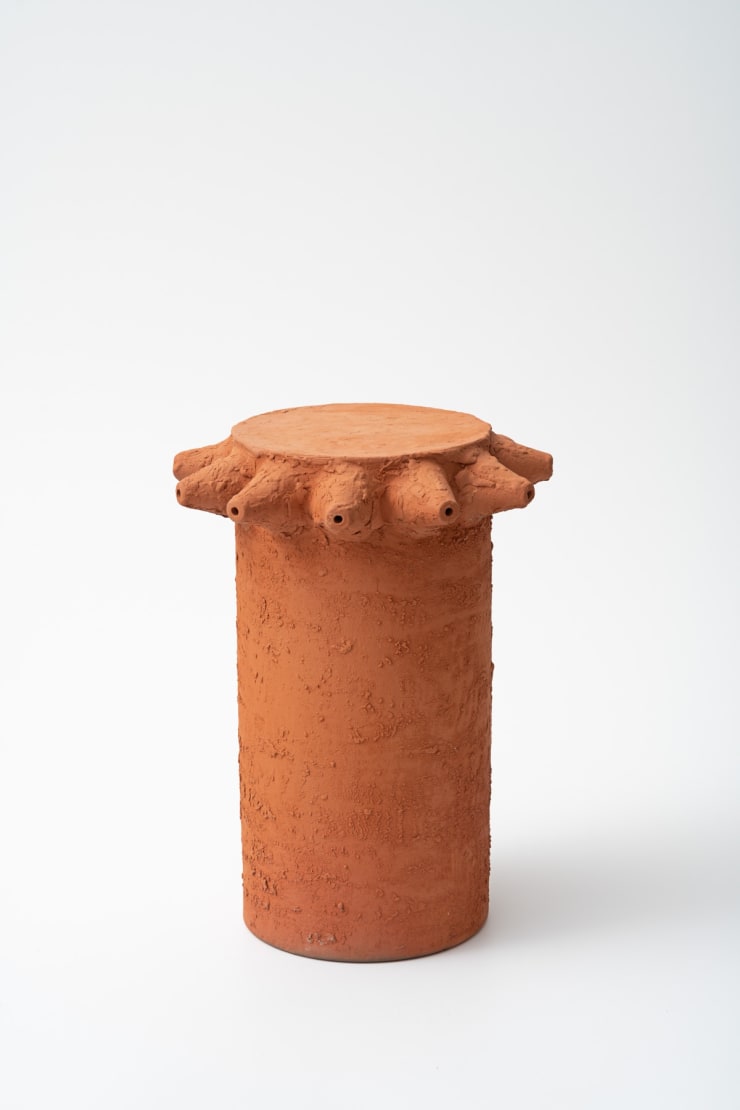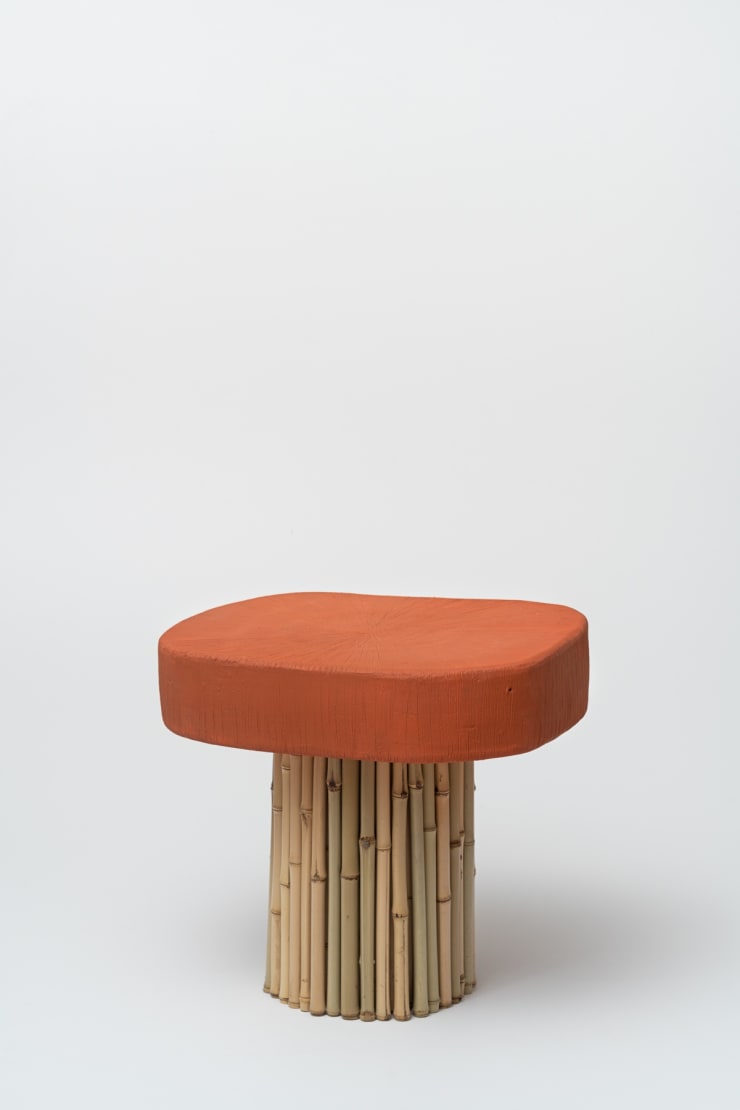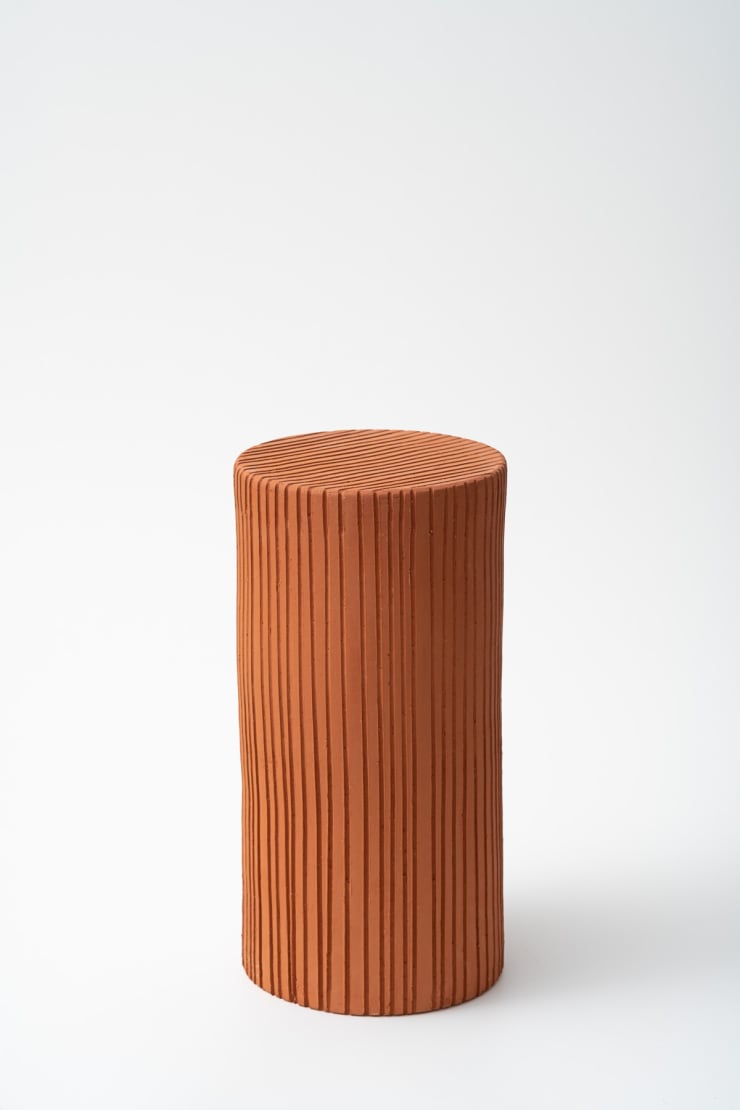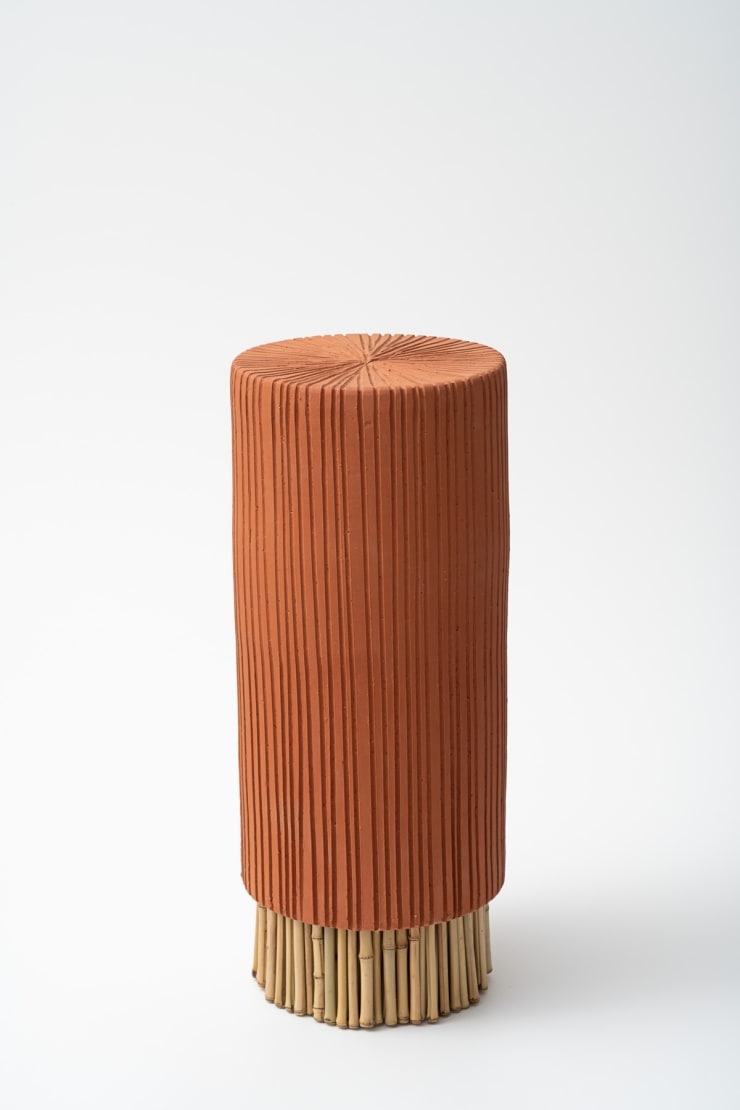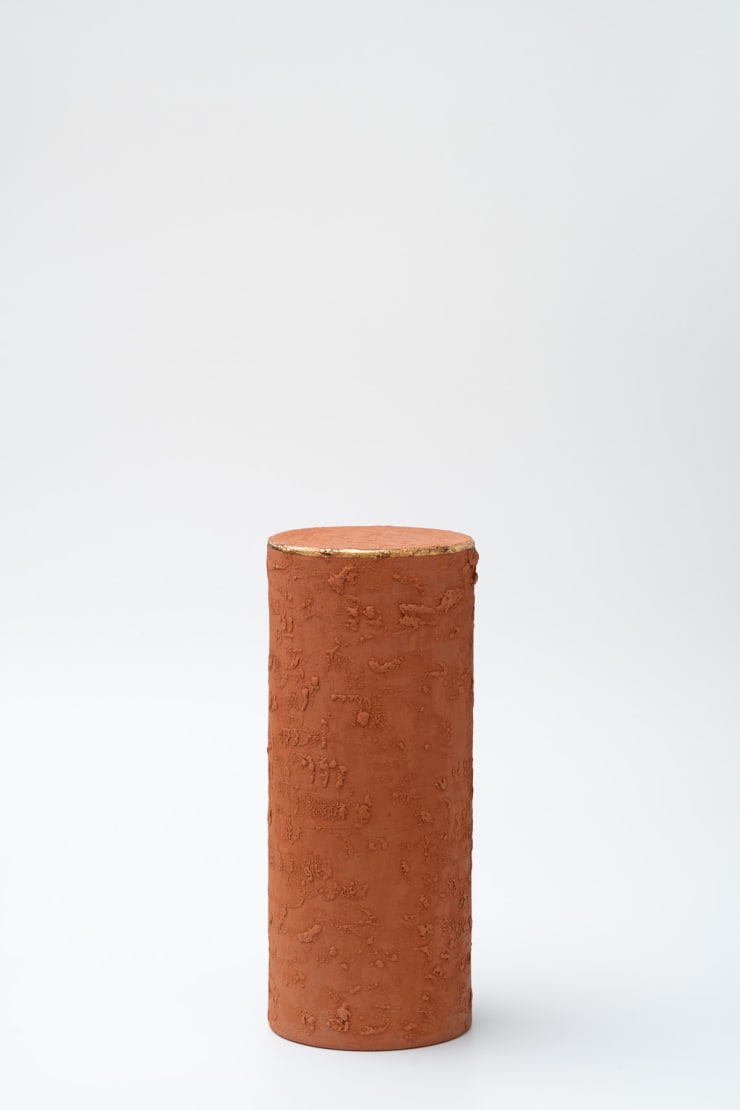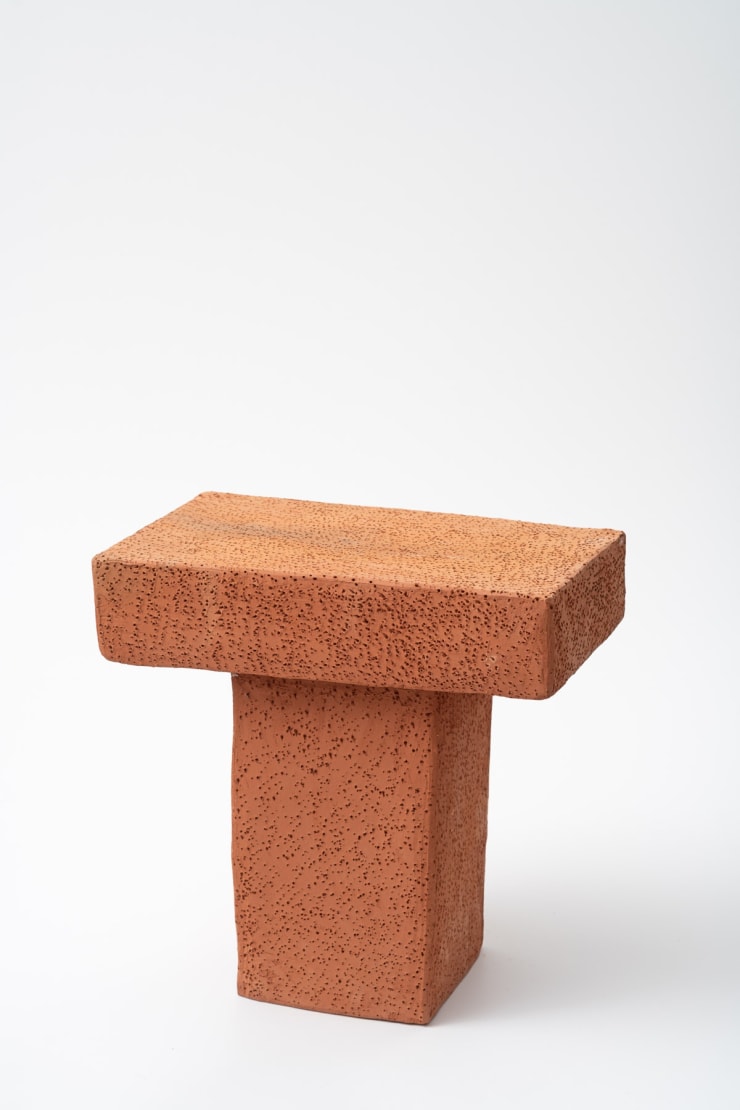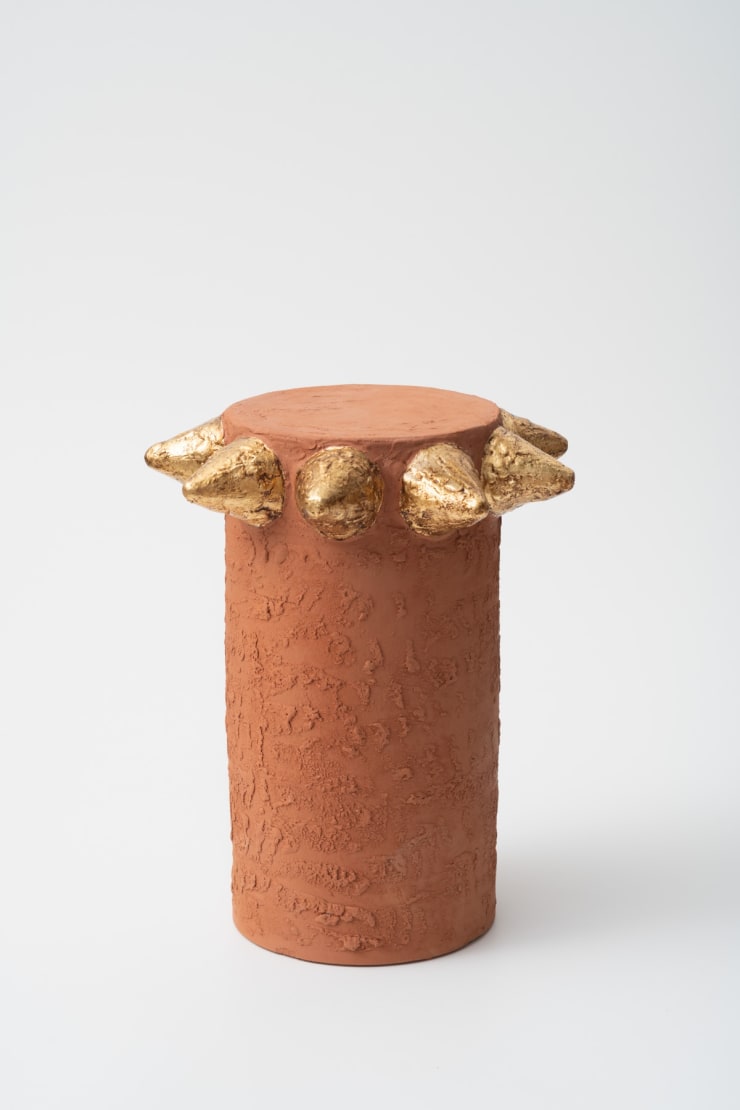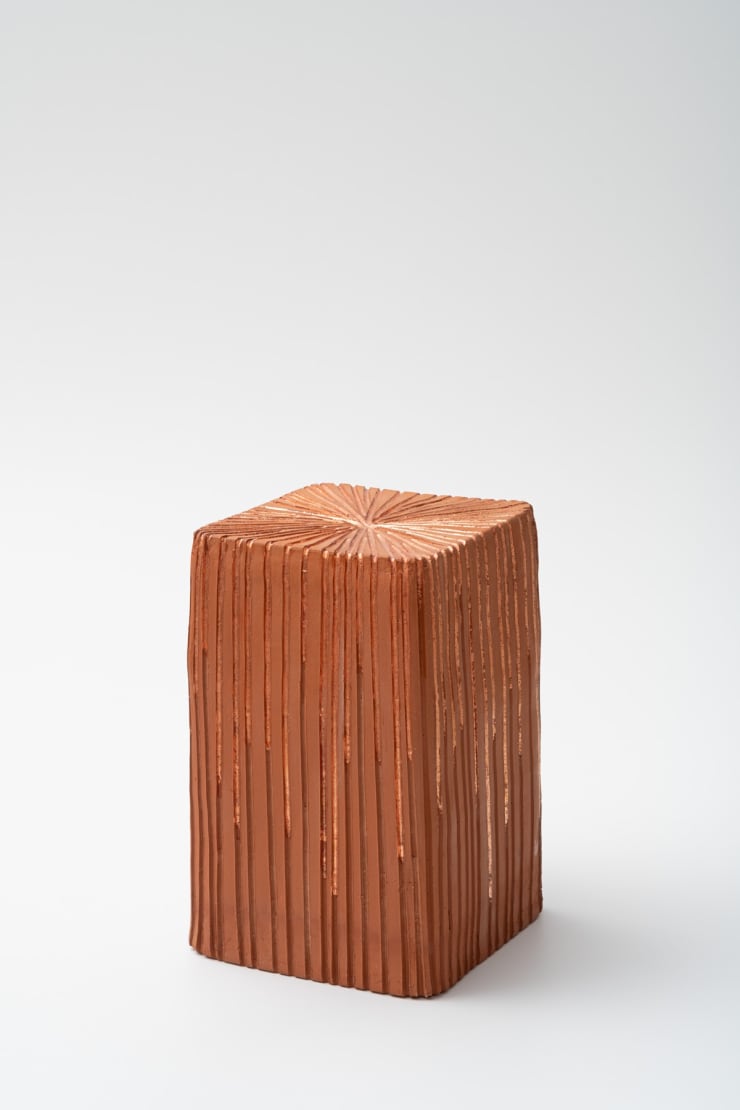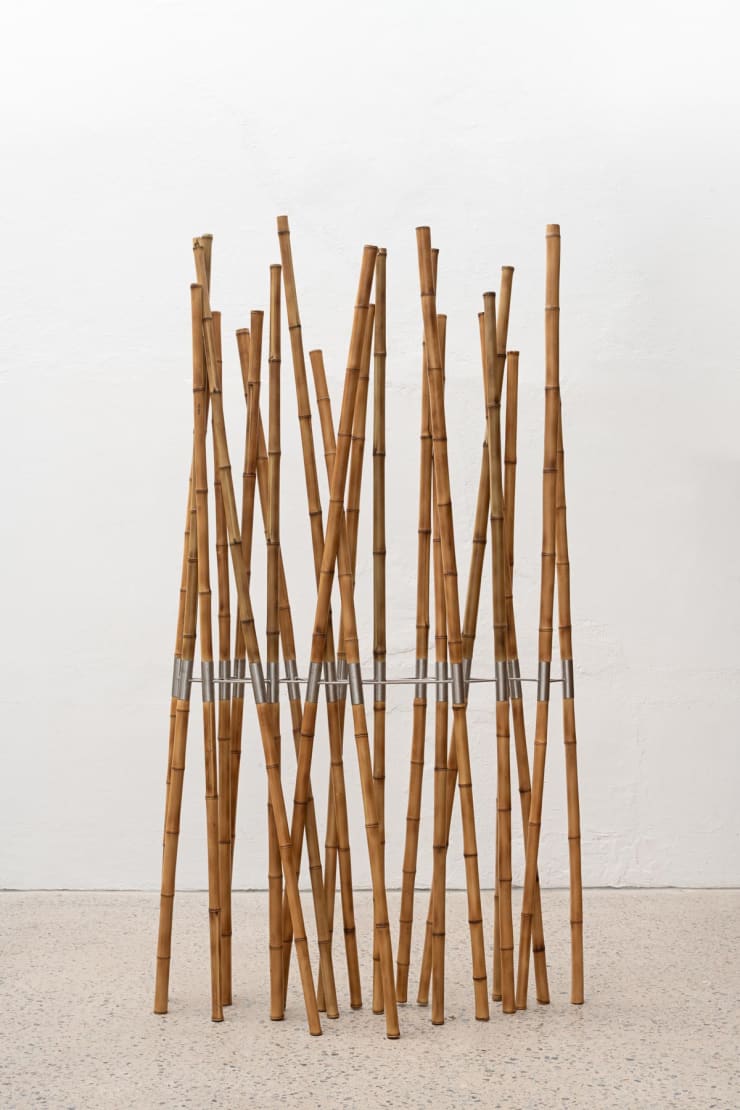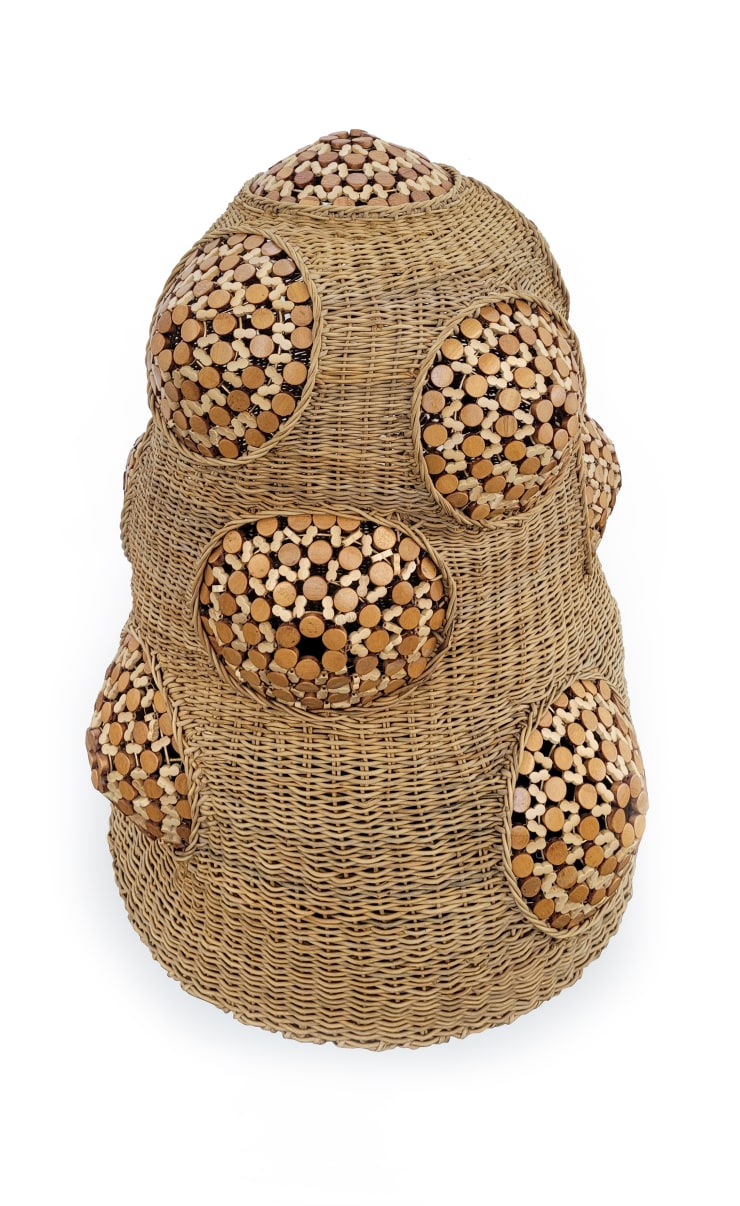Campana | Polifonia Campana
Past exhibition
Overview
Campana brothers’ work trespasses the boundaries of our everyday lives and design practices. With the capacity to adventure in other fields and to experiment new techniques, the duo goes from industrial design for major international furniture brands to limited edition pieces, from materials research to creating authentic art pieces. Their irrational approach, together with an ethical vision of design, leads to a limited use of technology and to privileging recycled resources. Here we see a departure from a rigid interpretation of design, materials and construction processes which characterizes any of their productions.
Since 1984, the designers have created iconic products using recycled and natural ‘ingredients’ in a triumph of shapes and colors. When considering the ingenuity, the use of unusual fabrics and real stuffed animals, the short-circuit between message and form, we can say that the Campana’s story is a Brazilian story, representing somehow the fascinating and peculiar mix of cultures of the country. Estúdio Campana, based in the residential area of Vila Anglo-Brasileira of São Paulo, has always given various forms and various meanings to the word ‘transformation’ turning ordinary objects into precious ones – with this last project titled “Polifonia Campana”, we are witnessing a transformation of a collection of objects in a collection of works of art. Pioneers of recycling, reusage and assemblage, the Campana have always revisited the construction system of their pieces, so also after so many years, in a totally different scenario, Fernando and Humberto stick to this unique approach to create objects, which are now presented under the status of works of art, for the first collaboration with renowned Brazilian contemporary art gallery, Luciana Brito Gallery.
This recent collaboration with Luciana Brito Gallery stands as a new experience, and the first for the studio, with an art gallery. Renewing its programs and exhibitions, Luciana Brito Gallery has relocated to Residência Castor Delgado Perez, an outstanding building designed in 1958 by the architect Rino Levi with the collaboration of Brazilian master Roberto Burle Marx, for its remarkable gardens. In tight and trilling dialogue with the architecture, such a place where indoor and outdoor play a game within each other merging one another, and light dominates totally by ruling the space, this project could not be of higher charm for the two creatives. A proper gem of São Paulo’s cultural heritage and a treasure for architecture lovers, Residência Castor Delgado Perez became the core of the gallery’s transformation, pivotal in bridging culture within a residential landscape. Thanks to Burle Marx’s unique signature style of creating domestic gardens
that seem to trespass and spill into the interiors as well as Luciana Brito Gallery’s new vision of displaying contemporary art while immersing it in the surrounding urban context, Campanas’ works - most of them conceived and produced for the occasion - can be truthfully displayed, boundless and overflowing.
At the intersection between art and design, the site-specific works that the fratelli showcase at Luciana Brito space present a plurality of typology of pieces, materials, processes and techniques, in an assortment in which you can read their whole career, mirroring once again a bridge between the disciplines of art and design. From the Terracotta pieces, a series of primitive-looking clay small tables in a material highly appreciated by Campanas, to the surreal and wild bench Esse which includes the beloved brass animals at the two sides, from the nature-inspired 70 centimeters high chandelier Babel, to the almost two-meter tall Cocar vase, a stainless-steel piece that resembles to some indigenous crowns. Extravagant and legendary Campana’ pieces explore and push boundaries; in this collection, we see also the use of a light textile for the Botanica curtain with its vivid color-blocks fuchsia and purple to the sculptures by Fernando Campana, such as a doll dressed with plastic toys and the miniature of a city becoming the base for a big bowl, to the light and refreshing Cerca screen, a room divider in the combination of bamboo and stainless steel. A series of tables in terracotta tiles named Cobogó enriches this so-called residential project, where the Campana throw about all the necessary pieces to furnish this beautiful house/gallery, with the bronze Cratera sofa at the entrance to an exceptional (and pretty much distinctive) Corallo bed. Trespassing the rules of design to look at the ones of art, all these objects will inhabit the gallery as would be a real home.
In 2024, the Campana brothers will celebrate 40 years of their studio’s activity, 40 years of artistic expression and boundless research, narrated with extreme freedom in different fields. Since the inception of the studio, their vision of design has always been peculiar and pretty much close to real people lives; the slant of sharing, building together, spreading hope via the dignity brought the Campana to create the foundation of Instituto Campana in 2009 with which they carry out a solid program to concretely help underserved inhabitants by collaborating in craftmanship workshops in order to create special objects and much more. Here we see design as a form of beneficial, social transformation. The Institute aims at maintaining and encouraging local traditions by teaching children in needs that yes, there is a way out – the one of creativity. It is comforting to know that some of these beautifully crafted pieces come out of one of these workshops, as helping and giving opportunities are not only just ideas but a hope without borders.
Maria Cristina Didero
Installation Views
Works
Video






